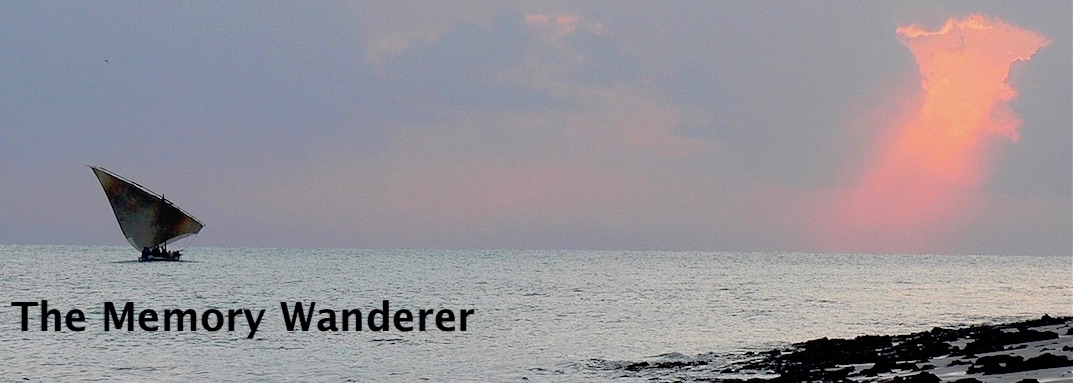A dozen seals had adopted their banana position on two still hidden sand bars, a grey heron and an oystercatcher were feeding on the shingle banks of the loch, while out on the water we saw two eider and what might have been a goldeneye.
The channel was almost deserted. Three flights of about six eider each flew low across the water toward the sea, a seal came briefly to the surface, a pair of eider swam back and forth, a heron fed on the far side, and we spotted........a lone seal pup, also on the far side. This isn't good news as pups like this may have been abandoned by their mothers.Just off the mouth of Loch Fleet fifty or so eider were feeding close to the seaweed-covered boulder shoreline, accompanied by numerous common gulls. I presume that the gulls interest is in stealing the food that the eider collect by diving to the bottom, though I have never actually seen this happen. Also along the shoreline were half-a-dozen oystercatchers, three curlews, a pair of ringed plovers, and a couple of redshanks.It's not a particularly spectacular count for a loch which is supposed be rich in wildlife, however many migrants have already left, other birds, like the curlews, are off nesting inland, and some, like the eider and oystercatchers, are beginning to sit on nests along the water's edge.



















































